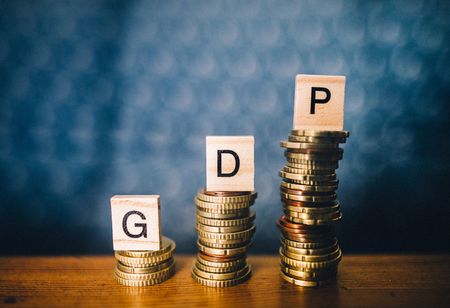
GDP Estimates Excepted to Grow, Would Bring Fiscal Implications for India


The country's economy would grow between 8 and 11.5 percent at constant prices and 11-15.5 percent at current prices during 2021-22, states economists. This is also like what RBI has projected at -7.5 percent for FY21. The access to such forecasts is important as the Central Statistics Office extrapolates growth rates based on the most recent numbers that are available for various sectors. This also means that depending on any significant change that takes place in the last four to five months of the fiscal year, there could be some alteration in this estimate. There could be an upside to this estimate in terms of less negativity though may not be very significant as present conditions show.
The first is that there is shrinkage in GDP perhaps for the first time as a result of the lockdown. Quite clearly the decision to close the economy in March has had a reasonably sharp impact on overall growth. The inability to go about doing business had a profound impact on the economy.
This number has been driven by negative growth rates in seven of the eight sectors for which data is reported. Farming is the only exemption, which again is on expected lines. Mining, construction, and trade, transport, and more. are the three sectors with double-digit negative growth rates while manufacturing is to decline by 9.4 percent. The fall in manufacturing is a worry because this sector had been a non-performer even before the pandemic with a growth of just 0.03 percent last year.
Lastly, in terms of expenditure, two of the three main engines will be declining, consumption, and investment. Consumption is to fall by around six percent and investment by 14 percent. Both these elements will be future drivers of growth. The fall can be explained by the decline in incomes due to job losses and pay cuts. Also, this indicates that the trends of revival in demand witnessed when the festival season could have had a rural bias with farm incomes providing the boost.